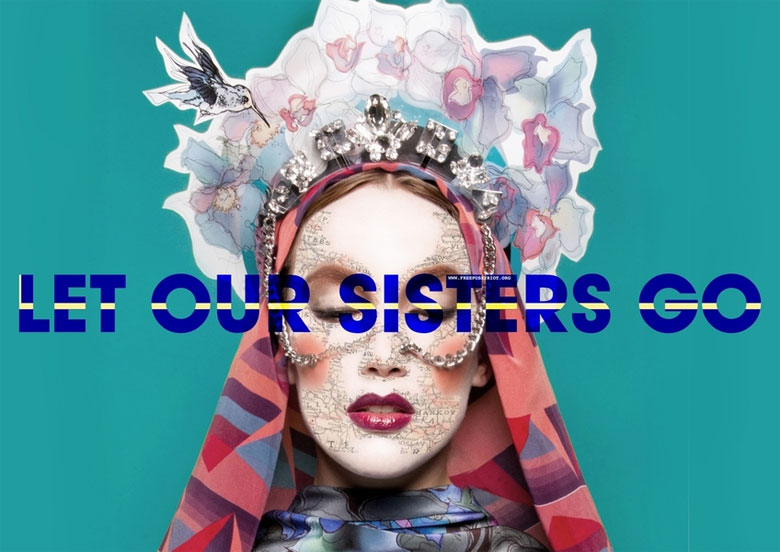
The impetus for the series was to challenge how pattern is photographed, but nearing its completion, Kokoshnik took on additional meaning, as a way to show support for the members of the feminist punk rock group Pussy Riot, a feminist punk rock group who were protested the Orthodox Church’s support of Vladimir Putin on the soleas of Moscow’s Cathedral of Christ the Savior and were subsequently arrested. In Sailor’s photo, the phase “Let Our Sisters Go” is placed prominently and resonates as solidarity for the cause of freeing Pussy Riot.
The Kokoshnik project is exemplary of Sailor’s affinity for color and her talent for displaying imaginative and cinematic images.In the interview below, Sailor dishes on her dreamy style, her lifelong passion for folk art, and the distinctions between commercial and personal work.
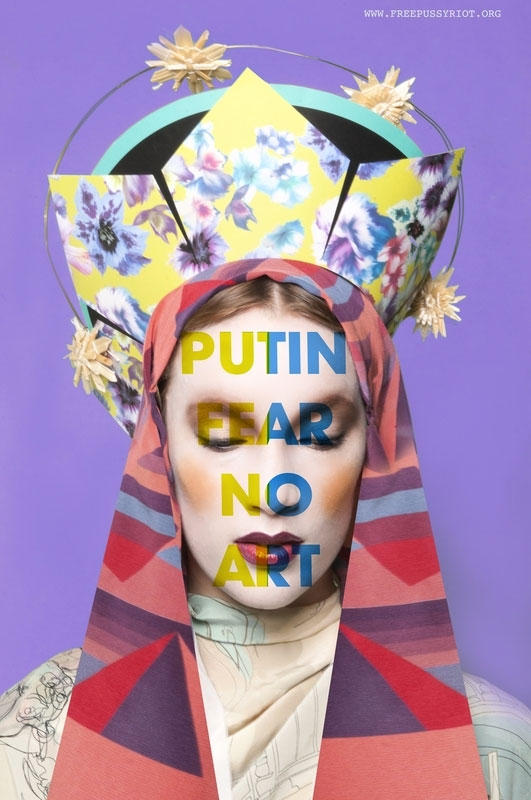
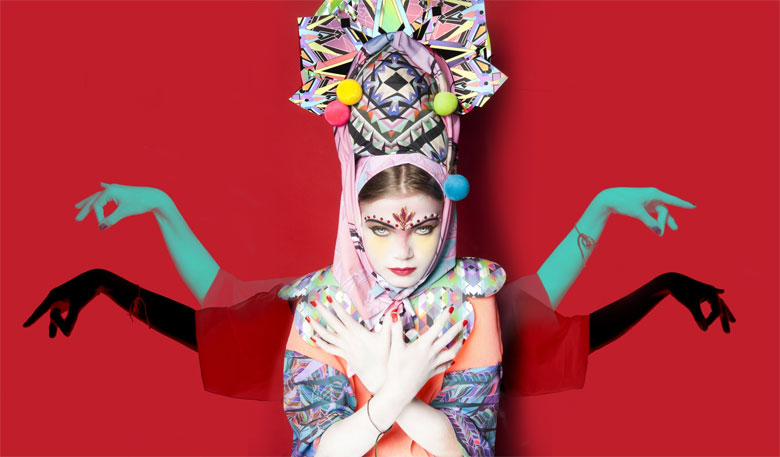
About the Russian Headdress,
the Kokoshnik
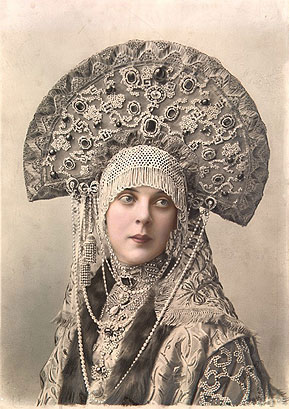
Princess Ollga K. Orlova in Masquerade Costume for the Ball of 1903. Photograph.
The kokoshnik (коко́шник) is a term used for a variety of traditional Russian headdresses worn by women and girls to accompany a traditional jumper dress called the sarafan (сарафа́). Each of the headdresses shown in this column are a variety of kokoshnik, which include everything from cylindrical hats to two-pointed nimbus-shaped or triangular “kika”s, as well as small pearl hats. Most commonly, however, kokoshniks are associated with the tall and nimbus-shaped headdress which is tied at the back of the head with thick ribbons and a large bow. Crests are usually adorned with pearls, gold, or plant and flower motifs, and the forehead area often decorated with pearl netting.
Kokoshniks were primarily worn in the northern regions of Russia in the 16th to 19th centuries by married women, though non-married women wore a similar headdress called the povyazka. Today, they are primarily worn by girls and women in Russian folk ensembles.
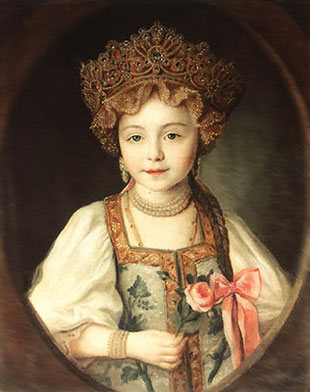
A little Grand Duchess Alexandra Pavlovna in kokoshnik and sarafan, 1790s.
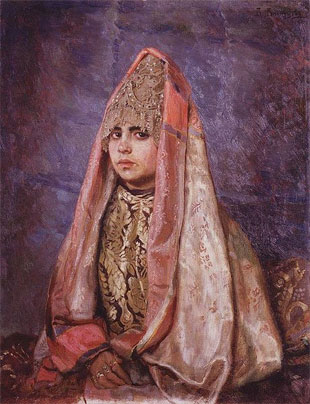
Boyaryshnya by Viktor Vasnetsov (the portrait of V. S. Mamontova), 1884.
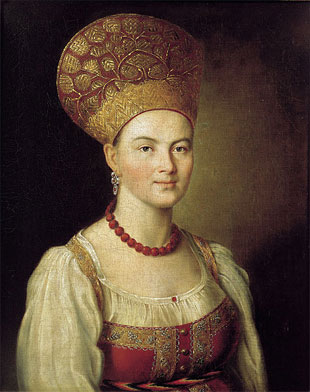
The portrait of an unknown girl in the Russian costume by Ivan Argunov, 1784.
How would you describe your work?
It’s hard to explain, because I shoot in two different styles – natural, lo-fi and dreamy. And then the other part of my work is very colourful, surrealist and a little bit dark. Probably cinematic and graphic would describe both styles well. I base a lot of my work on film stills and childhood memories.
What do you love most about photography?
The immediacy of it. The fact that even the mistakes are generally good. I love to play with light’ I think a lot of people don’t realize that the light is the “beauty” in an image, and this is what creates an emotional resonance. You can manipulate and control light, and experiment in so many different ways to create something.
I used to use a 5×4 camera, and I sometimes miss having that massive barrier between the model and me. It’s generally a good barrier; it slows everything down and creates an awkwardness within your subject that comes across really well on film.
Can you tell me a little bit about the Kokoshnik project? Its purpose, inspiration, and process?
Kokoshnik started as a lookbook shoot for my friend illustrator & pattern designer Lisa Stannard. It was just a simple way to subvert how pattern is photographed. I’d always loved Russian heritage and grown up with a love of folk art, so the kokoshnik fascinated me, and I’ve been making artworks based on religious iconography since I was at college, so I decided to merge the two.
The more I planned and researched the idea, it became something I wanted to keep exploring over time. Around the time I was finishing the pieces, my friend introduced me to Pussy Riot, and it all fit together.
How did the collaboration with Lisa Stannard come about?
We met when we were working together years ago, but we didn’t really know each other well. I loved her work when she was at uni, and then in 2009 she got in touch and asked me to photograph her graduate collection. After that we worked on projects all the time together, and we have desks next to each other so we are always planning collaborations, and showing each other our inspirations.
What do you hope to accomplish with these collaborative projects?
For me, I love them because I get free reign over the concepts and I get to hire the teams in; its always a labor of love for everyone involved, but most of us are doing client work 90% of the time so we all get to be creative and not have any boundaries. There is freedom, but there is also a pressure to do your very best, as it can’t really be re-shot (because if the amount of people involved). Unlike personal projects, you need to make sure everyone, from the models to the makeup artists, stylists and us, are getting the best out of it.
How do you approach your “personal projects” differently than your fashion editorial work?
The fashion editorial is usually arranged with the stylist or makeup artist (or magazine) first, so they might come to me with something they need for their book, and we will work a story into it. So if someone wants a ’20s beauty or fashion story, I’ll go off and research films, makeup, models, people, and start to think how I will light it. Generally with tests, I will try and put my look onto it; otherwise I get bored, but I love doing just straight portraits too.
Do you prefer one type of work over another, as far as commercial or more personally-driven?
I love the personally-driven work the best, as I get to art direct it more, and spend more time on the research and finishing. I definitely don’t do my job for the money, so this part is what keeps me going.
I approach both in a similar way — the difference being that I don’t art direct the client work unless it’s requested. It’s great to have a brief; when I do too much personal work all at once, I get overwhelmed with all the concepts and research, so the client work keeps me sane.
www.laylasailor.com
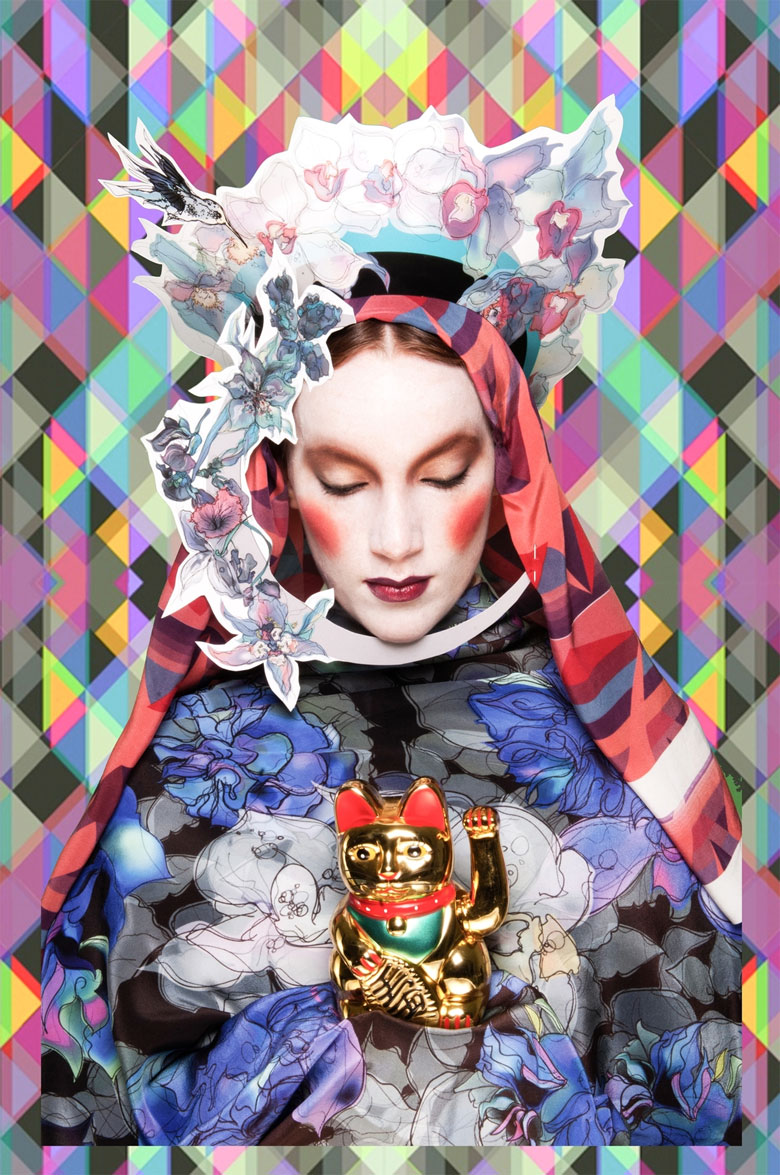
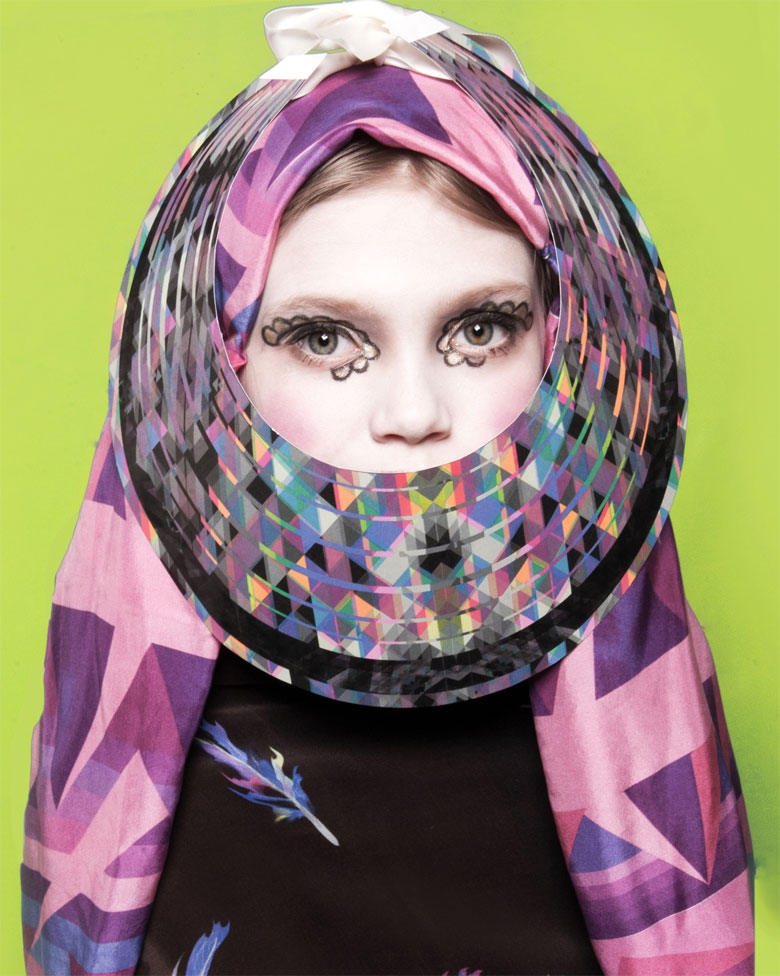
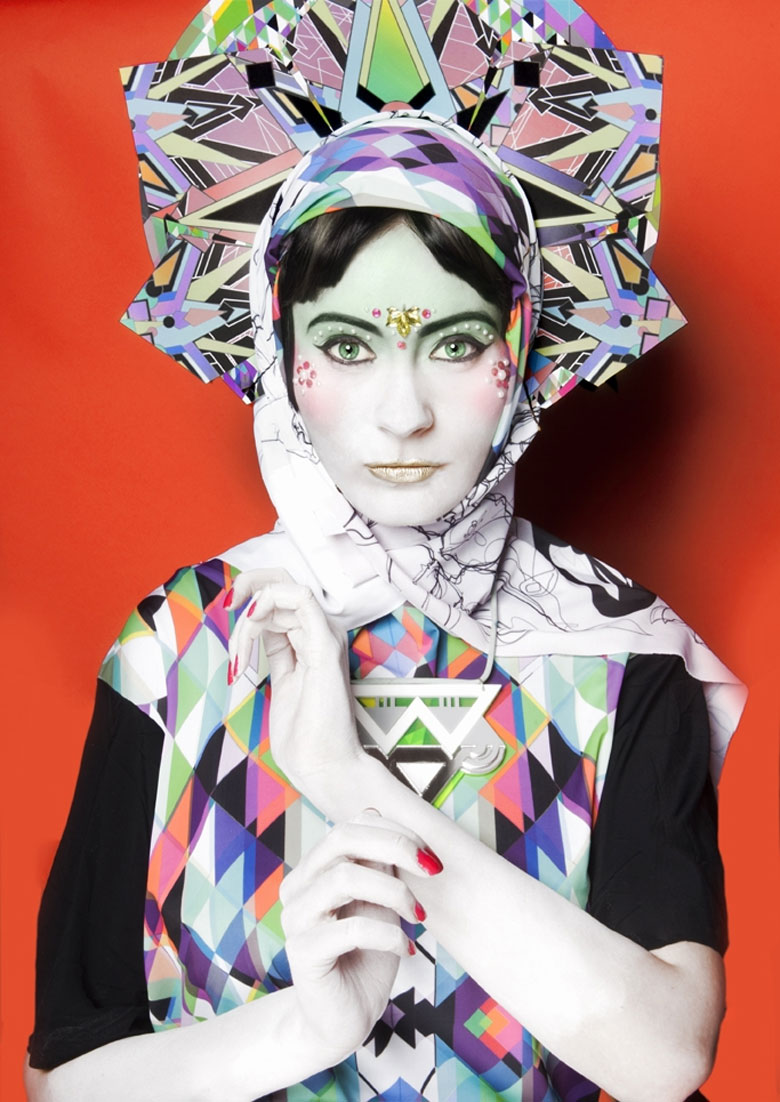
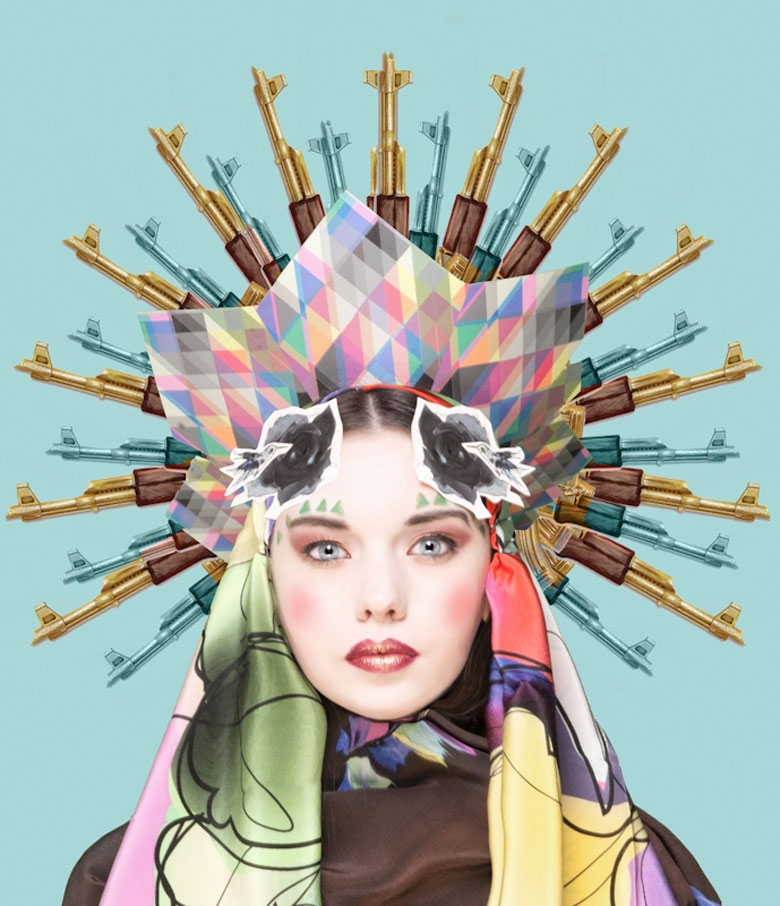
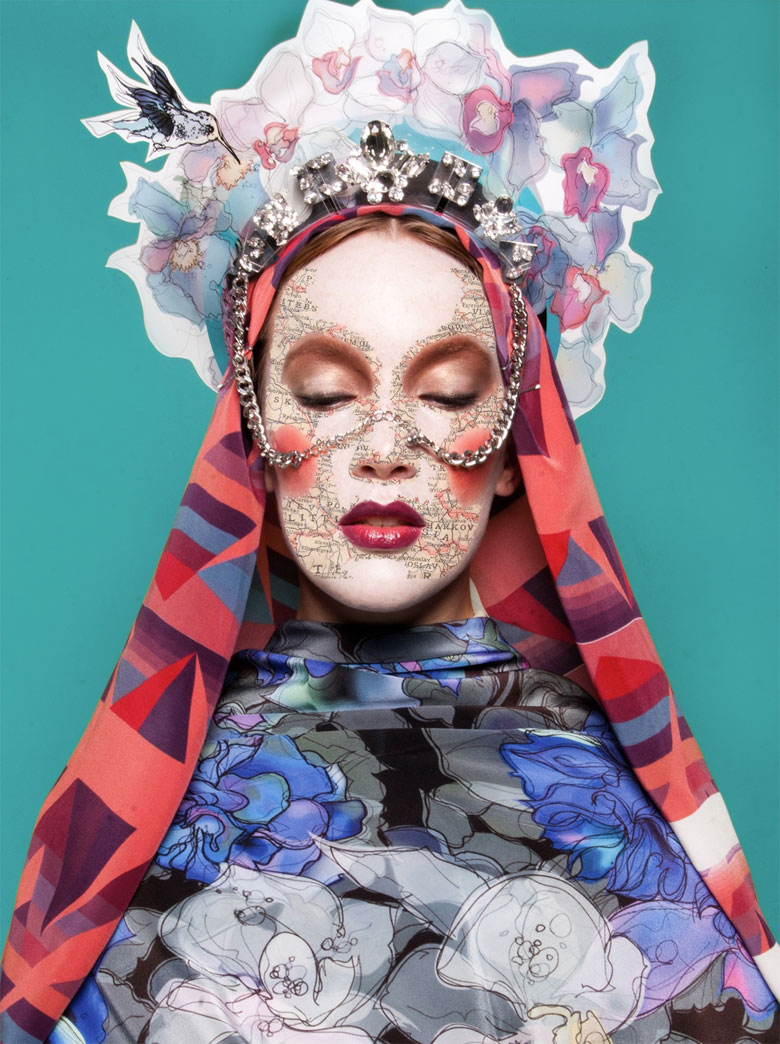
Ω

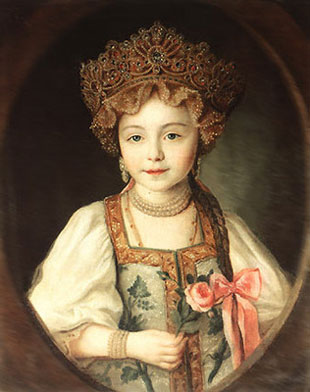





[…] – http://www.redefinemag.com/2013/layla-sailor-photographer-interview-russian-kokoshnik-fashion/ […]
[…] 14) Kokoshnik – http://www.redefinemag.com/2013/layla-sailor-photographer-interview-russian-kokoshnik-fashion/ […]